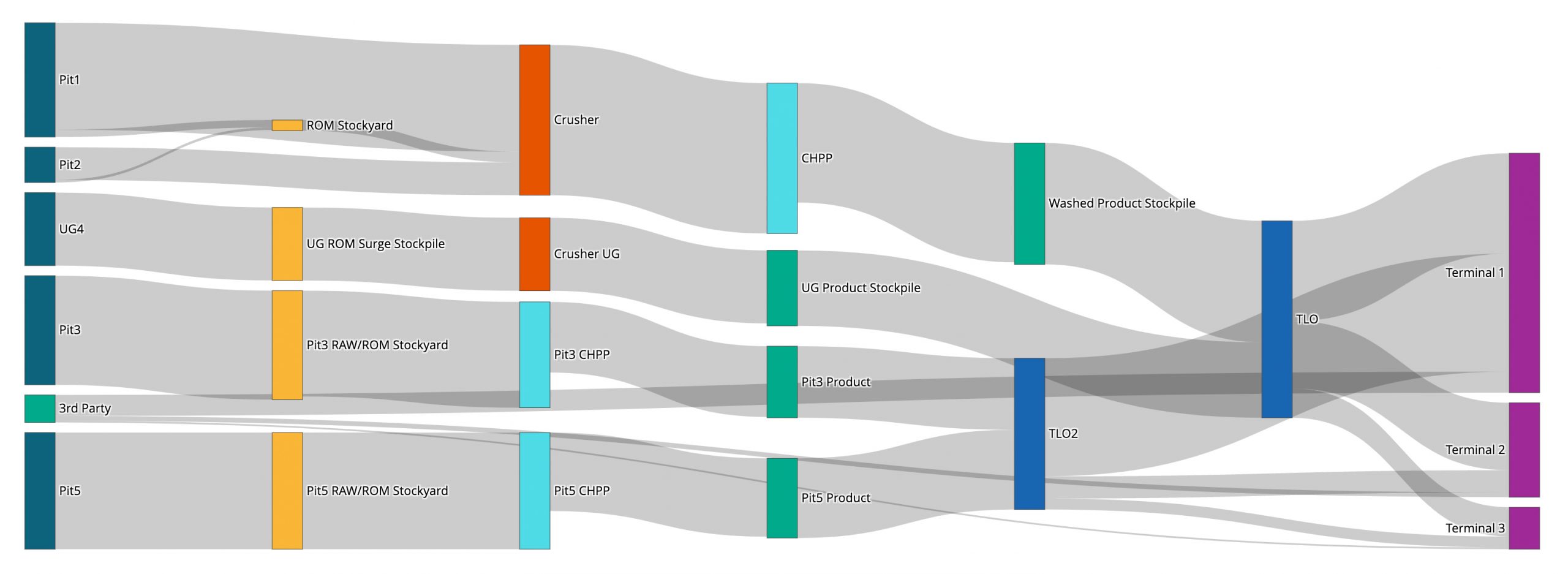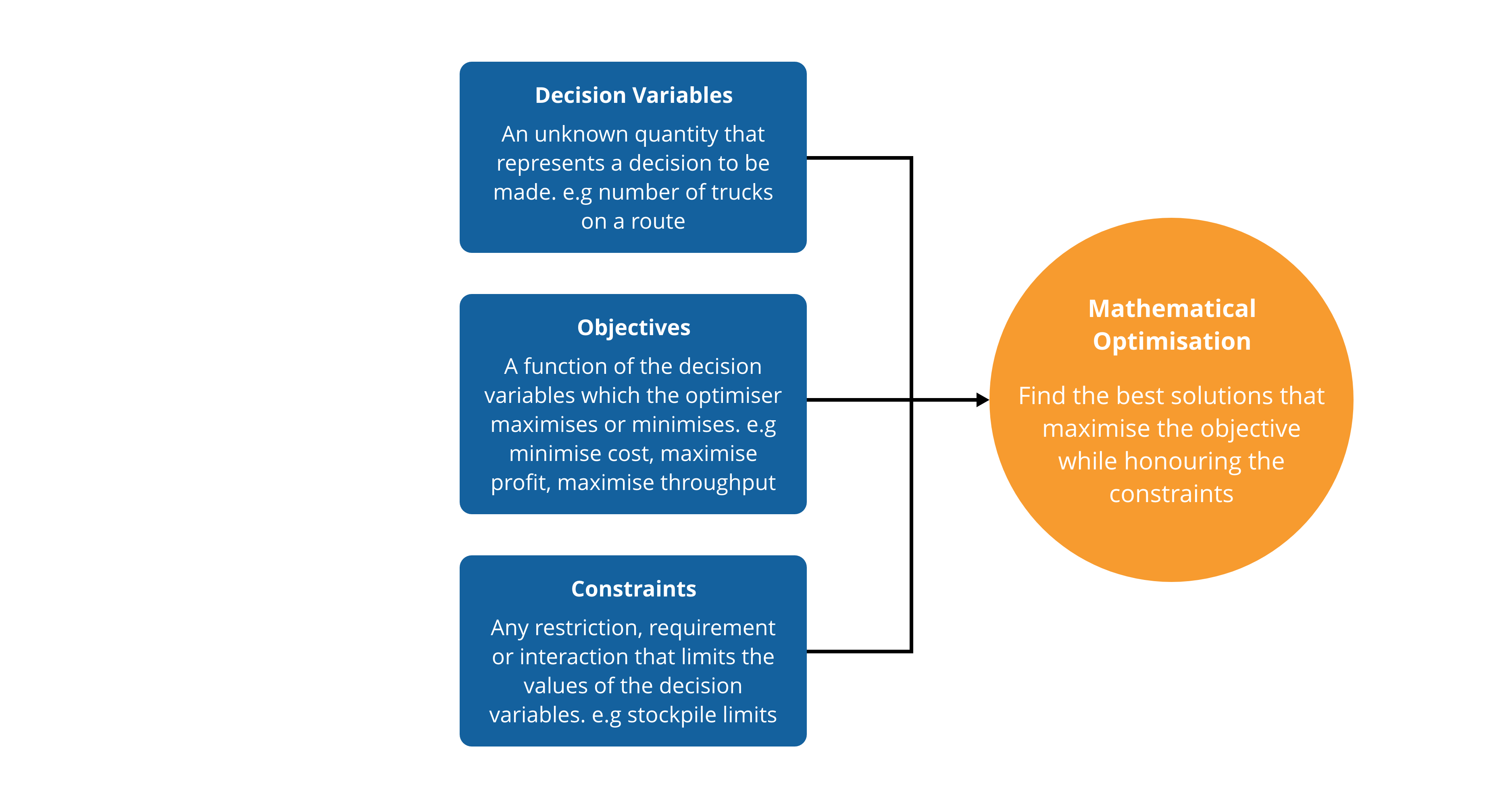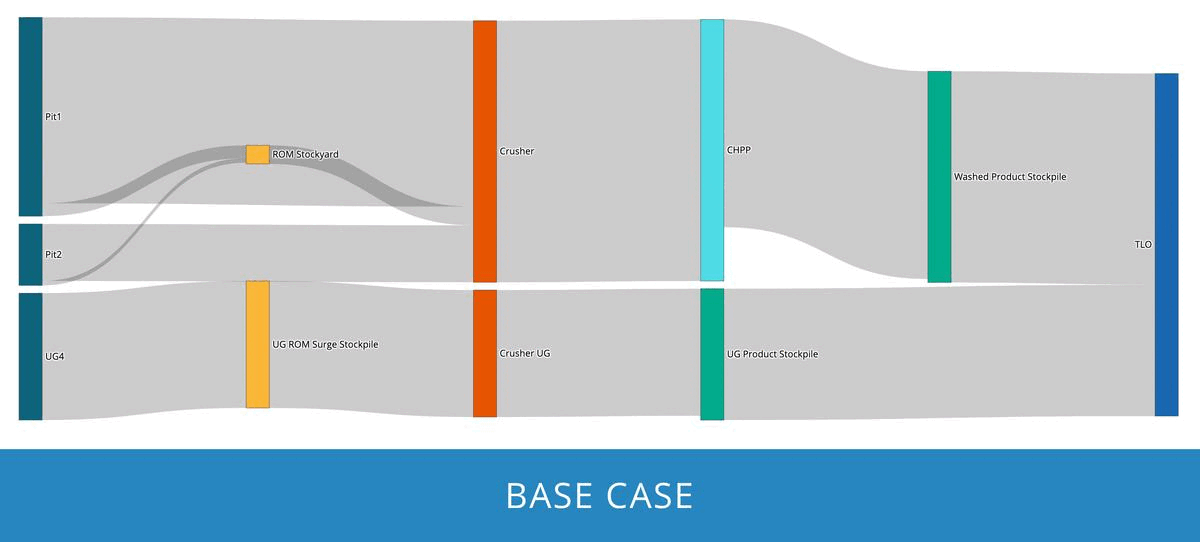How Dynamic is your Supply Chain Planning Team?
Over the last few years, supply chain disruptions have become more frequent, allowing little time for recovery before the next disturbance hits. Global events like the pandemic, the war in Ukraine, fluctuating commodity prices, and increasingly common extreme weather events are impacting operators' ability to plan their supply chains confidently. These global events often have cascading effects on regional supply chain operations, with port congestion, vessel availability, and vital equipment or parts scarcity further exacerbating what is already becoming a reactive planning process. This cycle of disruptions has thrown supply chains into a tailspin, which many have yet to recover fully.
Managing supply chain resilience and recovery through these unplanned events has become a hot topic, especially regarding brand reputation and profitability. The time has arrived for implementing decision support technologies to operate a more agile supply chain in today's highly dynamic environments.
"Previously, the discussion about investing in new planning technologies has been bubbling away under higher priorities such as safety and capacity, which is understandable", says supply chain planning expert Felipe Araujo. "At some point in an organisation, there is competition for CAPEX spending. This is where safety programs and increasing capacity beat out investments in new supply chain optimisation tools and technology. But that has changed over the last 24 months. Supply chain initiatives used to appear on page five or six of a corporate annual report: today, it's on page one".
"The technology used to plan supply chain activities at global organisations is often 10-15 years old; this is especially true for the bulk supply chain sector", continued Felipe. "Companies miss out on transformational optimisation and scenario planning capabilities by settling for enterprise software already integrated into their corporate systems that provide "okay" plans, rather than adopting new cloud-based technologies that use modern computing power".
Companies who have eliminated spreadsheet planning and adopted modern technology platforms are at an advantage over their competition. These platforms, and the software they support, allow users to dynamically plan across a supply chain at the push of a button and automatically deliver user-friendly reporting, charting, and visualisations, which further facilitates stakeholder engagement. Polymathian's BOLT product manager Tao Vink said, "The future of supply chain planning is here. What takes planning teams days of iterative back and forth to develop a viable spreadsheet driven plan can now be done in minutes when using optimisation software and mathematical solvers. The time saved building a plan can then be spent on more strategic business initiatives or provide teams the agility needed to respond to unforeseen events".
Scenario Driven Decisions
When an extreme weather event halted production at an open pit mine due to flooding, the mining company wanted to adjust its operating plan to take advantage of the resulting excess capacity at its wash plant. The operator, who was already using BOLT, Polymathian's supply chain optimisation software, had a few options for leveraging the excess capacity but needed to understand which option would yield the most tonnes, allowing them to fulfil contracts and keep revenue flowing. Should they buy material from a neighbouring mine? Or feed their underground coal into the wash plant (something they'd never done before)? Or bring forward scheduled maintenance to free up future capacity once the open pit is accessible? This is the type of real-world scenario-based decision support that BOLT provides to help operators yield the most profitable outcomes.

The above business decisions were evaluated by running scenarios in BOLT, which utilises mathematical optimisation (MO). MO uses a technique known as mathematical programming to build mathematical models of a problem that can then be solved to yield provably optimal plans. MO considers business goals (objectives), decisions (variables) and rules (constraints). Together these elements form a standalone model, which can be solved to maximise a system's margins. By running multiple scenarios, supply chain planners compare plans to gain valuable insights into how the optimal solution changes with respect to the scenario inputs and planning rules.

As a result of running several scenarios and comparing their margin and KPIs from across the supply chain, planners confidently selected the best action.
A dynamic supply chain planning team has the data and tools to rapidly generate optimal plans, select the best, and communicate them with stakeholders.
Building a mathematical model requires data. You need access to a broad range of high-quality, reliably sourced data. "There is a lot of secondary data available today that contains insightful information that isn't used because rudimentary planning systems only use historical performance data and cannot consider all the information needed to plan in a dynamic environment. Unlike modern planning software, they cannot consider data like changes in weather, price forecasts and supply chain constraints. Do not waste opportunities by leaving data on the table", advised Mr Araujo. "Data accuracy matters too. You can optimise to a higher level when you have accurate data. By eliminating "rule of thumb" practices, most companies could eliminate 20-30% of inventory buffers using the latest optimisation technologies. Better utilisation of inventory stockpiles could mean millions of dollars for shareholders, or money that could be invested elsewhere but is just sitting in a stockyard somewhere".
Partnering for success
Access to consistent, timely and accurate data is becoming more commonplace; however, support is still needed to help organisations manage processes and data structures to take advantage of mathematical optimisation. For these reasons, incorporating advanced technology is often a phased process and not simply a plug and play software solution. "Applying mathematical optimisation to a company's supply chain requires a fundamental change to how it thinks about planning", noted Mr Vink. "Which is why we deploy our optimisation software in a phased approach that conforms to the customer's current data sophistication and operational processes to ensure the highest levels of adoption and success. Some level of business change is associated with implementing new software, which is why we manage our deployments as a partnership".
Although sophisticated decision support tools can produce optimal plans, it is equally important to re-evaluate core operating strategies. Transforming how your supply chain operates is possible, as was the case for one mine operator already using BOLT to optimise their supply chain. They engaged the experienced professionals at Polymathian to deliver a new wash strategy. Finding the optimal wash plan for the customer was a partnership that required additional time and resources—changing the wash strategy required field trials, additional data gathering and lab experiments before BOLT could be used to validate results.
After the washing trials were completed, BOLT prescribed a set point of 1.65 instead of 1.75 for specific seams, significantly increasing profits. The customer now had a strategic wash plan that outlined which seams to wash, how hard to wash them, and when. "The customer is now washing to a higher quality product and then blending it down the supply chain, which fundamentally changed how their supply chain operates", said Tao. "Using BOLT to optimise their wash plan resulted in an AUD30 million per year uplift".

Conclusion
In both instances outlined above, the mine operators dynamically responded to unforeseen events or improved product yield with help from BOLT. Without access to decision support tools with scenario planning capabilities, neither operator would have had access to the business intelligence needed to confidently replan their supply chain activities on-demand.
The road to supply chain optimisation requires a mindset shift and the ability to embrace innovation and the discomfort it sometimes brings. Operators looking to respond to increasingly complex supply chain disruptions with agility and flexibility will choose to embrace the latest decision support technology. Starting your optimisation journey today will prepare you for future uncertainty.
Article contributor

Felipe Araujo
Felipe builds bridges between entrepreneurs and corporations helping unlock value with innovation applied to supply chains. He has more than 20 years of suppy chain experience from several leadership roles in companies such as Orica, Vale, Target Australia and ExxonMobil. Connect with Felipe on LinkedIn.






